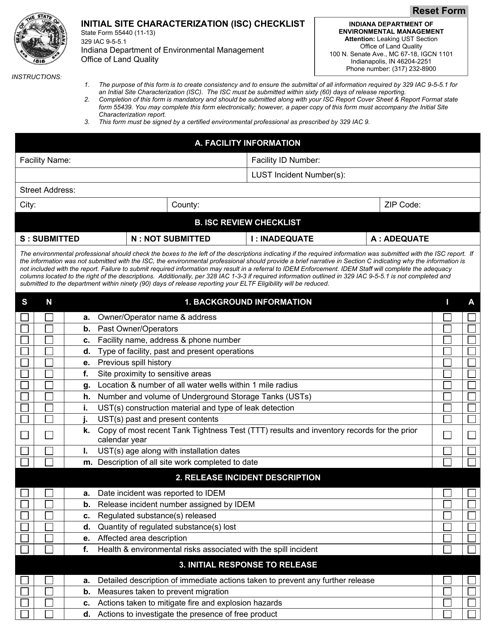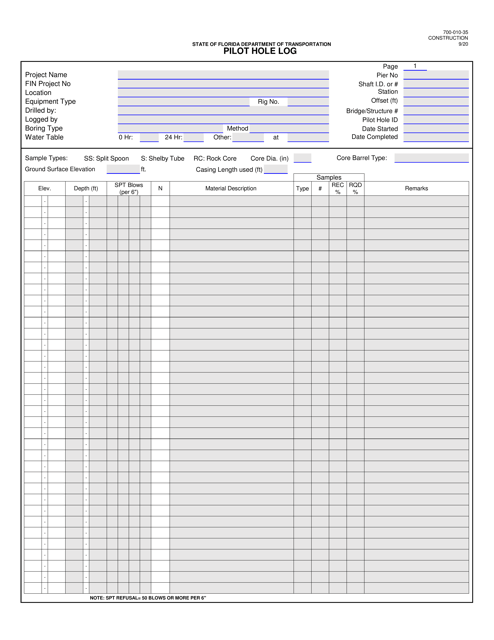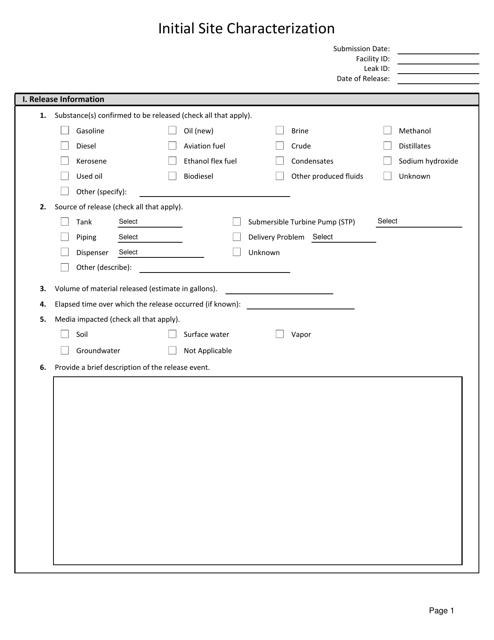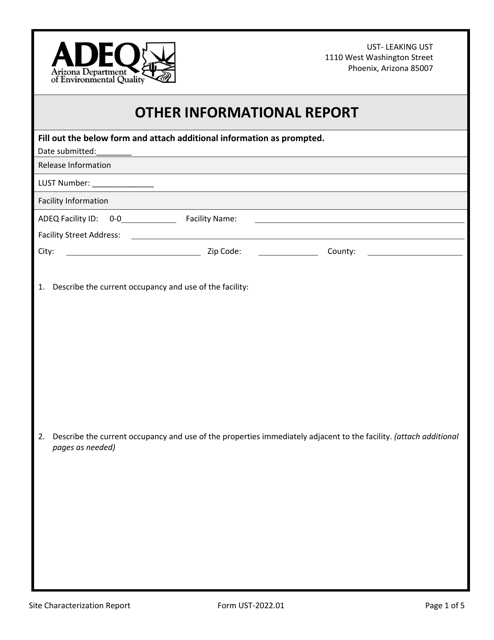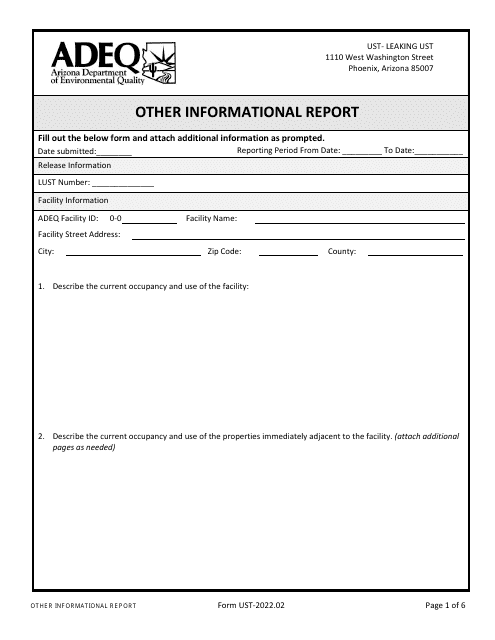Site Characterization Templates
When it comes to understanding the nature and makeup of a particular site, site characterization is a crucial process. It involves gathering and analyzing data to assess the environmental, geological, and engineering conditions of a location. This information is then used to make informed decisions regarding various projects and developments.
Site characterization, also known as site assessment or site investigation, involves a comprehensive evaluation of factors such as soil composition, groundwater quality, contaminant presence, and geotechnical properties. By conducting thorough investigations, stakeholders can gain valuable insights into the suitability of a site for activities such as construction, infrastructure development, or environmental remediation.
The process of site characterization typically involves the collection of samples, on-site testing, and the examination of existing data. This may include conducting geophysical surveys, drilling pilot holes, and analyzing soil and water samples to determine their physical and chemical properties. The obtained data is then documented in various reports and checklists, which serve as valuable references for future decision-making processes.
States and provinces across the United States and Canada have developed specific guidelines and forms to streamline the site characterization process. For instance, in Indiana, the Lust Initial Site Characterization (Isc) Checklist (State Form 55440) is used to ensure a standardized approach to assessing site conditions. Similarly, Florida employs Form 700-010-35 for documenting pilot hole logs, while West Virginia utilizes Appendix B-10 for initial site characterization. In Arizona, the Site Characterization/Other Informational Report, as well as the UST Site Characterization/Other Informational Report, are used to compile essential data.
Whether you are a developer, regulator, or environmental consultant, having access to accurate and comprehensive site characterization information is crucial for informed decision-making. By delving into the alternate names of this documents collection, you can tap into a wealth of knowledge related to site assessment, ensuring the success and sustainability of your projects.
Documents:
5
This form is used for conducting an initial site characterization of a property in Indiana to assess the presence of hazardous substances and potential risks. It includes a checklist of items to be addressed during the assessment process.
This document provides initial site characterization information for locations in West Virginia. It includes details about the site's characteristics, such as geological and environmental factors, to aid in assessments and decision-making processes.
This document provides detailed information about the site characterization and other relevant data in Arizona. It includes key insights and findings to help understand the site's environmental conditions and potential impact on various projects or developments.
This form is used for submitting a site characterization report or other informational report related to underground storage tanks (UST) in the state of Arizona. It provides detailed information about the site, including tank location, testing results, and any corrective actions taken.

